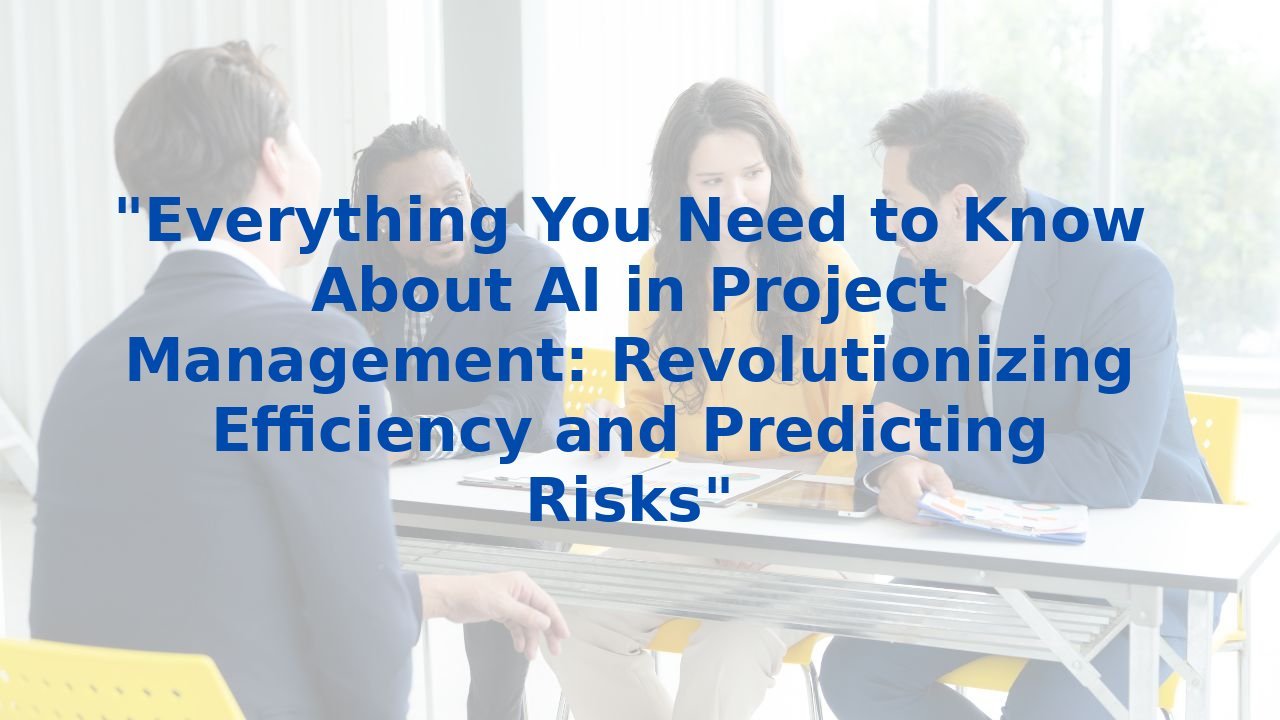How to Streamline Your Financial Processes with Generative AI: A Comprehensive Guide
How to Streamline Your Financial Processes with Generative AI: A Comprehensive Guide
Introduction
In the relentless rhythm of today’s fast-paced business world, efficiency turns into a crucial player for success. While traditional financial processes can often mirror tangled webs, generative AI emerges as a beacon, promising not just clarity but also agility. This guide delves into how AI reshapes complex financial workflows, particularly in areas like accounts payable and procurement, igniting efficiency and collaboration within organizations.
The Challenges of Traditional Financial Processes
Managing financial operations through traditional methods can lead to frustrating bottlenecks. The intricacies of processes such as accounts payable often lead to errors, missed payments, and strained supplier relationships. When invoices go unaddressed, a cascade of disruptions can freeze operations—manufacturing teams feel the heat, and communication barriers can hinder resolution. In this landscape, a finance professional must excel at bridging communication gaps with non-financial managers to steer the ship back on course.
How AI Enhances Financial Processes
Generative AI swoops in like a fresh breeze, transforming financial tasks that have historically bogged down productivity. Here’s how AI can elevate financial processes:
1. Automating Routine Tasks
Imagine a world where mundane tasks such as data entry and invoice processing are not manual chores but seamless automatic functions. Generative AI can handle these repetitive activities, significantly reducing human error and speeding up operational workflows. By employing AI-powered bots for quick invoice processing, organizations find that their teams can redirect energy towards strategic decision-making rather than being consumed by administrative shackles.
2. Optimizing Resource Allocation
The capability of AI to analyze data allows for a thorough examination of workflows within the procure-to-pay (P2P) process. It unearths inefficiencies, pinpoints bottlenecks, and suggests restructured processes. With the wealth of insights provided by AI, organizations can optimize human resources, elevate productivity, and ultimately cultivate a lean operational framework.
3. Enhancing Communication
Generative AI redefines how communication flows within an organization. With tools that automate routine messaging, information exchange becomes seamless and efficient. An AI co-pilot can quickly answer common inquiries, freeing up support teams and enhancing interdepartmental collaboration. The ripple effect is profound: improved communication leads to higher efficiency and fosters a culture of teamwork.
4. Predictive Analytics
The capabilities of AI extend into predictive analytics, where it becomes a powerful ally in demand forecasting and inventory management. By sifting through historical data and discerning patterns, AI provides decision-makers with actionable insights that illuminate growth opportunities while also identifying potential risks in advance. The capacity to anticipate and adjust strategies becomes an invaluable asset in the fast-changing marketplace.
5. Quality Control and Assurance
Maintaining compliance and ensuring quality is paramount in the financial realm. AI-driven quality control watches over financial transactions in real-time, swiftly detecting anomalies and irregularities. This vigilance not only prevents costly errors but also upholds the integrity of financial operations, safeguarding against potential compliance violations.
The Benefits of AI for Improving Efficiency
Integrating AI into financial processes transcends mere automation—it ushers in a slew of benefits:
- Increased Efficiency: By alleviating routine tasks from human hands, AI empowers finance professionals to reclaim time for strategic pursuits.
- Improved Accuracy: The precision and speed of AI contribute to accurately processed financial transactions, enhancing overall compliance.
- Enhanced Collaboration: AI tools create bridges for seamless communication, breaking down silos and alleviating misunderstandings.
- Better Decision-Making: Utilizing data-driven insights equips teams to make informed choices that strengthen financial health and planning.
The Importance of Employee Training
With the monumental shift that AI introduces, prioritizing employee training is non-negotiable. Adequate training equips your workforce to leverage AI's full potential. Here’s why this investment is crucial:
- Understanding AI Tools: Employees should grasp the capabilities and boundaries of AI resources, which ensures they can utilize these tools effectively.
- Collaboration Skills: In a climate enabled by AI, fostering collaboration skills becomes essential, enhancing communication when interfacing with AI systems.
- Adaptation to Change: As frictionless as AI may seem, embracing change with an open mindset is vital for a smooth transition into this new era of finance.
Conclusion
Generative AI holds immense promise for addressing the complexities and challenges of traditional financial processes. Through automation, optimization, and insightful analytics, AI transforms not only how organizations manage finances but also how they communicate and collaborate. By committing to thorough employee training, organizations can truly harness the power of AI, ensuring that they not only adapt but thrive in an ever-evolving business landscape. Let’s embark on this transformative journey to elevate our financial operations and embrace the future with confidence.



